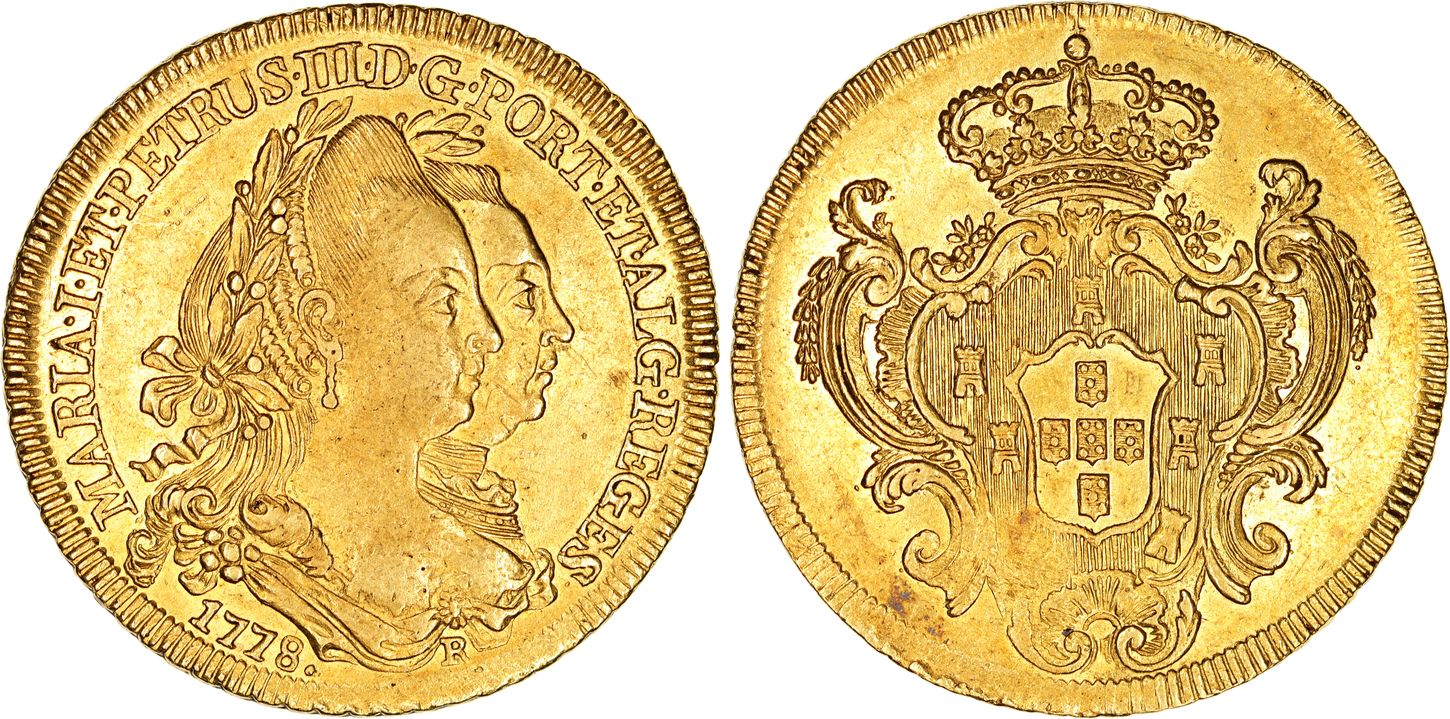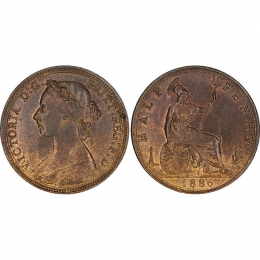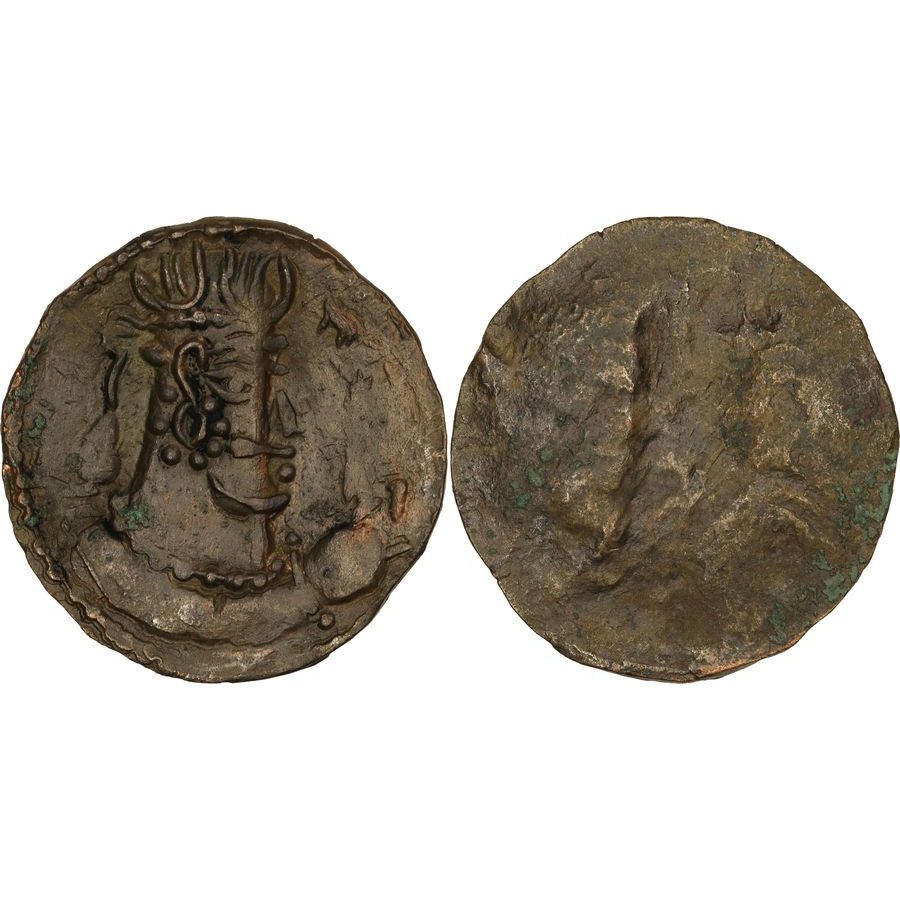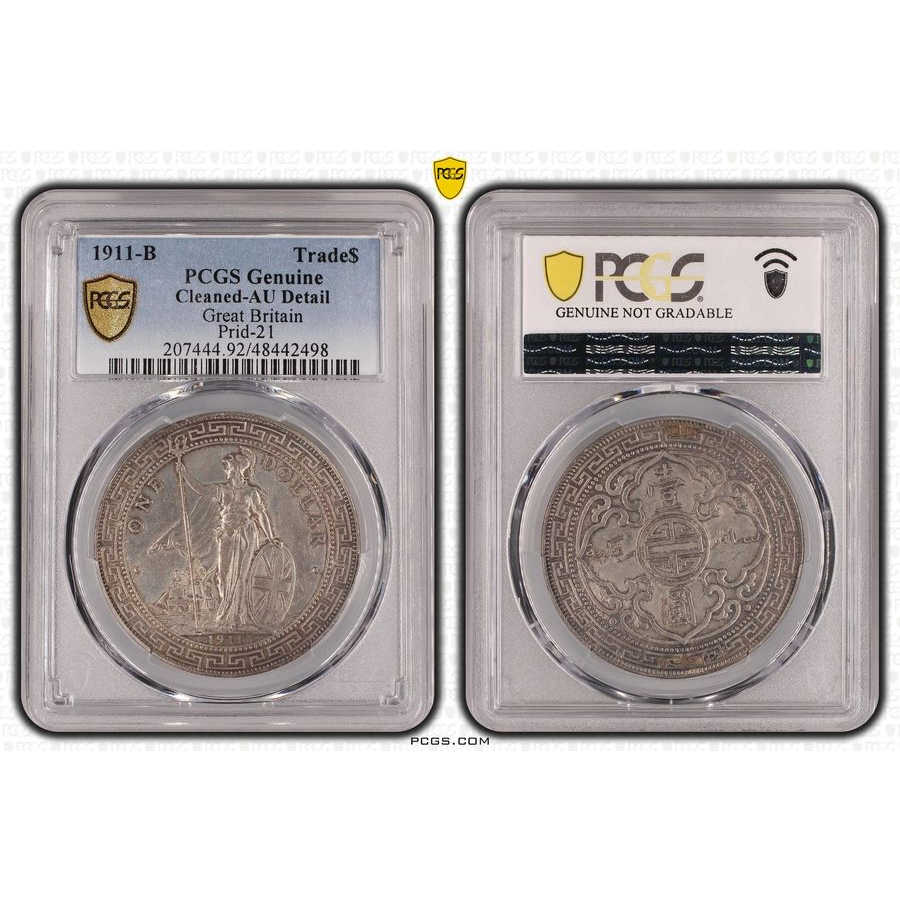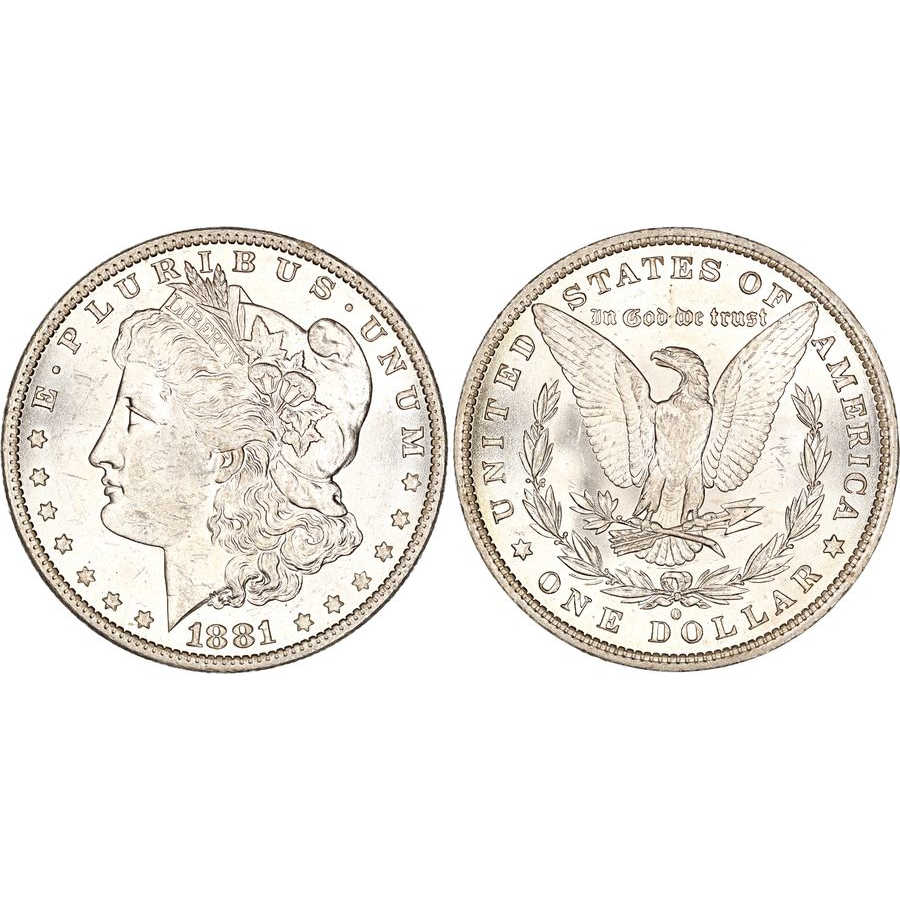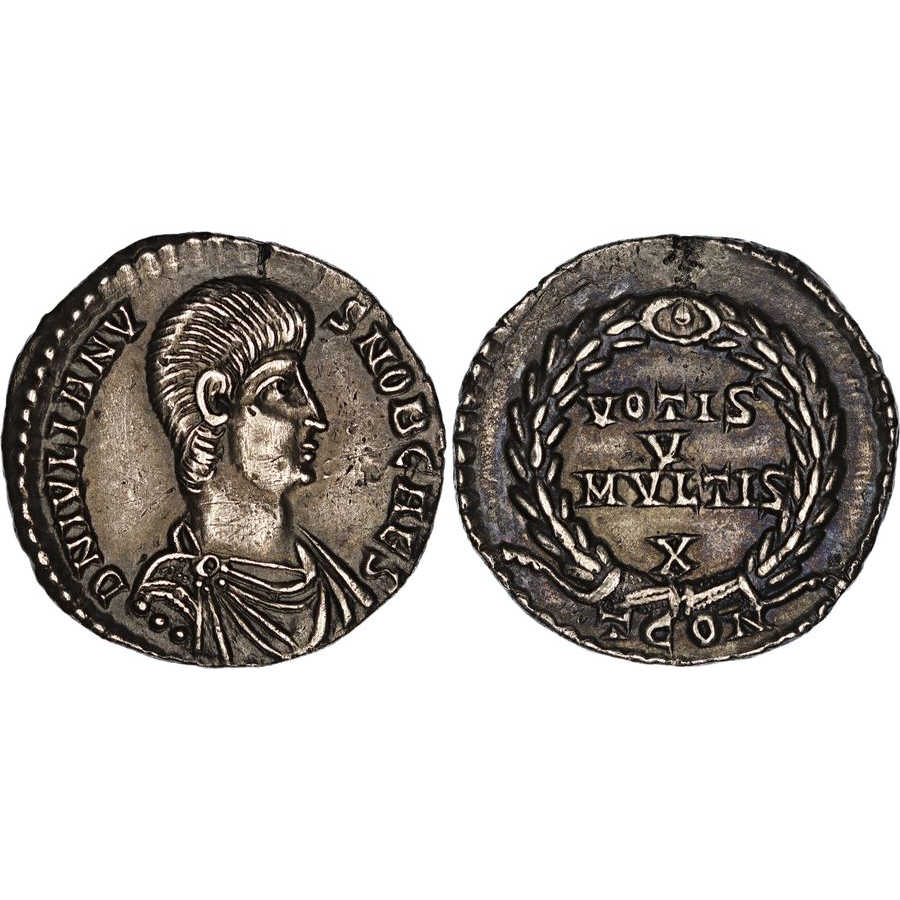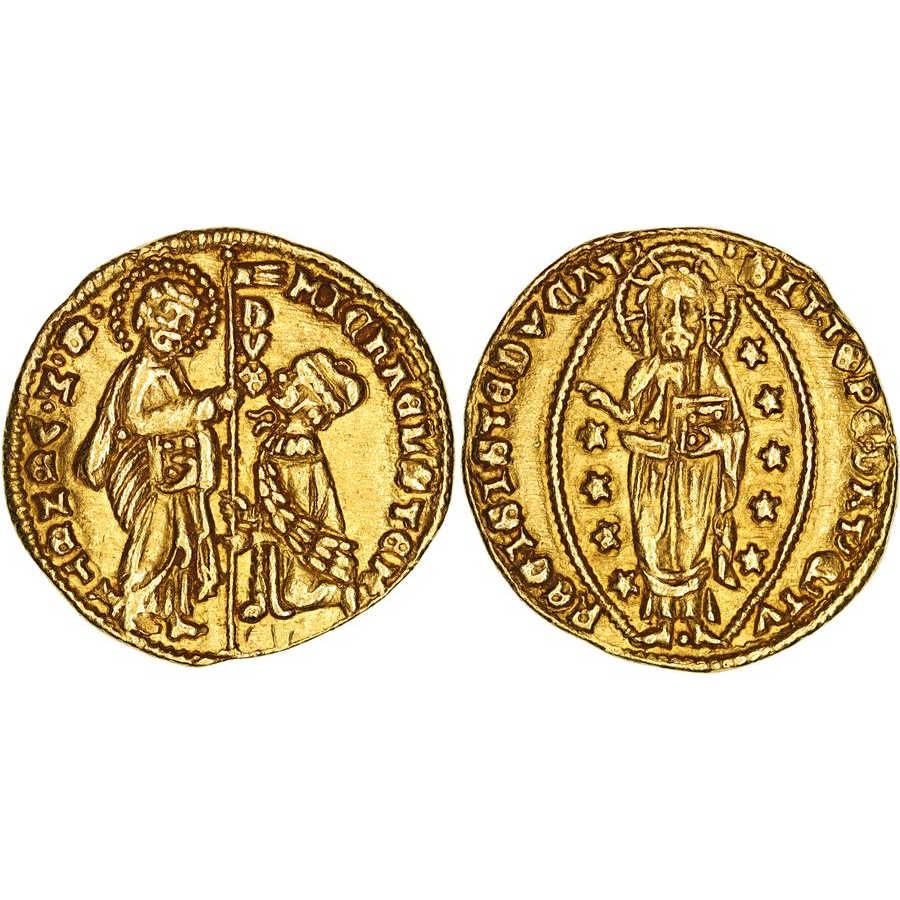Description
Portuguese Empire, Brazil, Maria I and Peter III of the House of Braganza, Dona and Dom of Portugal 1777-1816 AD, Gold Peça of 6,400 Reis (14.29g, 32mm), 1778 R, Casa da Moeda do Brasil, Rio de Janeiro. Obverse: Jugate busts of Dona Maria I and Dom Peter III facing to the right, each laureate and draped, date and mintmark “R” below, legend surrounds, “MARIA· I· ET· PETRUS· III· D·G· PORT· ET· ALG· REGES·”. Reverse: Royal Coat of Arms of the Kingdom of Portugal (alternative version by João Frederico Ludovice). Bentes 253.02; KM-199.2. A few typical light marks and patch of soft strike over shield, otherwise attractive and bold, details Extremely Fine.
The obverse Latin legend reads “Marīa prīmus et Petrus tertium, Deī Grātiā, Portucalis et Algarviae Rēgēs”, with an English translation of “Maria the first and Peter the third, by the Grace of God, Rulers of Portugal and the Algarve”.
The gold Peça of the Portuguese Empire, struck to a weight of half an ‘Onça’ (28.68 g of 22-karat) and valued at 6,400 Réis, is a coin issued during the Brazilian Gold rush and is often referred to as a ‘Half Johanna’ in reference to the ‘Joannese’ series of coins which spanned 1722-1835 and succeeded the ‘moeda d’ouro’ series (1688–1732). Although a Portuguese coin, due to its high degree of circulation, the Peça had a face value of 1 pound 18 shillings within Great Britain, and because of its recognizability was one of the monetary denominations chosen by Philip Gidley King, the Governor of New South Wales, for the Australian Money Proclamation of 1800 – Australia’s first monetary system. In order to retain coinage within the Australian colonies, each ‘Proclamation coin’ was given a high face value – the Half Johanna was revalued to Two Pounds, 2 shillings higher then if it was spent within England
